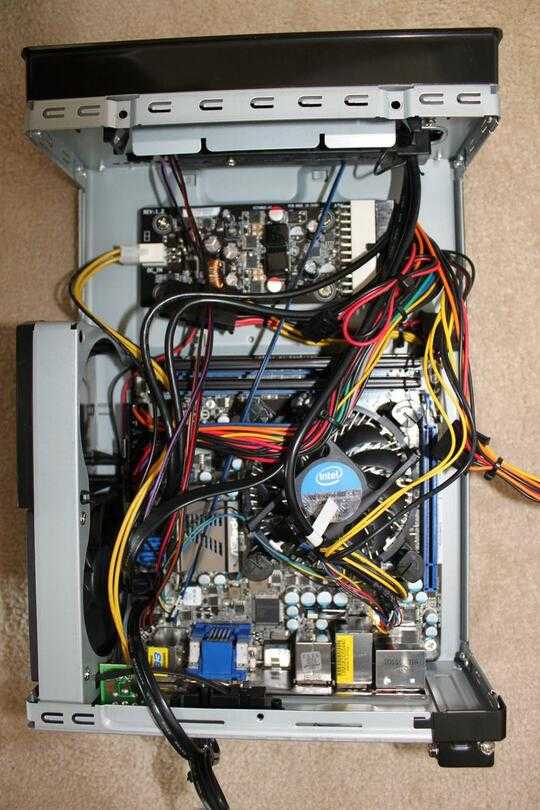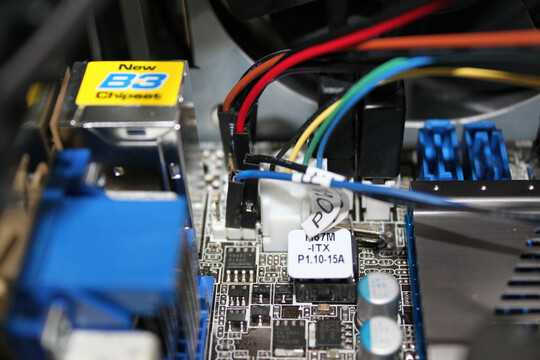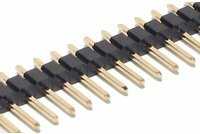4
1
I built a server recently, and the only hitch was that one of the cords running from my case to the motherboard was only just long enough. It is under strain, pulling at the connection point and pressing down heavily on my RAM chips, as you can see in these photos:


I'm guessing I could just stick in an extension and run the cord around the edge of the box. But the problem is I don't know what these cords are called, or whether it's even possible to buy an extension. The alternative is to wire one myself, but I'd prefer to just buy an extension if possible.
Does anyone know whether such a thing exists and, if so, what they're called?


i'm having a little trouble telling WHICH cord specifically.. the blue one? – Journeyman Geek – 2011-09-18T10:30:35.357
The blue and black - two wires, but one cord. – Kent Boogaart – 2011-09-18T10:32:33.077
Maybe a little more information, what is it running from? What does the cable tag say "PO?" what is the label on the board by the port? – N4TKD – 2011-09-18T10:36:25.600
It looks REMARKABLY like a standard pin header - a 0.1" inch one, most likely, and the words look like 'power'. If its a power switch, it should be simple. Could you take a photo of the label, the area around the headers they plug into (or the letters there) and the wires in question to be sure? if its a power header, cannibalising from an old system should be simple – Journeyman Geek – 2011-09-18T10:41:02.877
Yeah, it's POWER+ and POWER-. Incidentally, I tried the machine without connecting these first in the hopes that they weren't that important (eg. just for an LED), but it failed to start up. – Kent Boogaart – 2011-09-18T10:44:47.883
power button leads. As long as they're bridged, they should boot. – Journeyman Geek – 2011-09-18T11:04:44.490